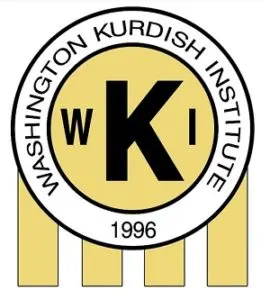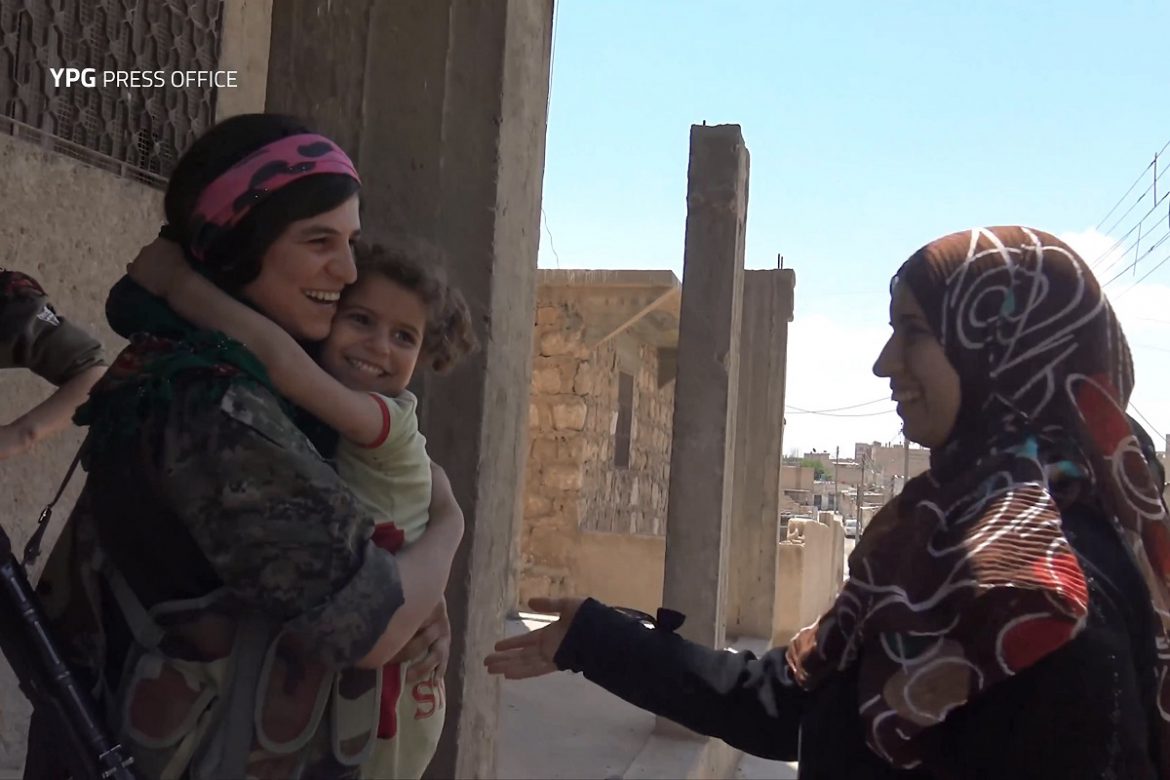Washington Kurdish Institute
Ari Goldman
June 2, 2017
The U.S.-led coalition has begun conducting its first shipment of arms, as a part of a deal approved nearly one month ago by the Trump administration. The United States government has exerted considerable efforts to form and provide assistance to the anti-Islamic State coalition known as the Syrian Democratic Forces (SDF). The SDF consists of a complex array of Arab, Turkmen and Kurdish forces. Some of these forces, such as the People’s Defense Units (YPG), are nearly all Kurdish while others are nearly all Arab, like the Al-Sanadid Forces. There are certain groups such as Jeysh al Thowar that are composed of mixed ethnicity units. Jaish al Thuwar has been a positive contribution to feelings of cross-cultural unity; it is a reminder that Kurds, Arabs, Christians, and Turkmen can share in the common goal of defeating the Islamic State.
What all the different fighting groups share is also a similar religious approach. Standing in contrast to the Islamic State, the SDF is largely secular and fairly pluralistic, even containing Christian forces. The base ideologies of these different groups range from traditional Syrian nationalism to tribalist self-preservation and all the way to proponents of post-war federalism. Their greatest shared characteristic is an anti-Wahabi/Salafist stance that binds them, and it has been a very effective incentive for cohesion. The Syrian Democratic Forces have been some of the most effective fighting forces in Syria and have taken back thousands of square kilometers from Islamist terrorists. In a public Pentagon transcript, Colonel John Dorrian said the following about the SDF: “They’ve fought bravely and taken back a tremendous amount of territory from the enemy, and they’ve proven to be a very reliable force for defeating ISIS.”
So why would is it that the US-led coalition has decided to focus on arming the YPG, and its female YPJ units, as opposed to other groups? It is crucial to note that the YPG/J have been a strong and unified force from early on in the Syrian civil war. They have shown great determination in the front line city of Kobane. Their unity of force and tested battle skills have made the Kurdish-dominant force a reliable partner in the war on terror.
Wladimir van Wilgenburg is a Dutch journalist who specializes in Kurdish issues and has previously worked alongside of the SDF. When asked, he acknowledges historical inconsistencies in American favoritism towards specific subsets of the SDF. Regional politics has made the US sensitive to power balances, but it seems the more aggressive Trump administration is willing to confront the Islamic State despite disagreements from neighboring Erdogan’s Turkey. The Turkish government sees the Kurdish forces in northern Syria as a threat to Turkey’s internal instability. The current U.S. presidential administration has put results at the forefront of policy. Mr. van Wilgenburg attests to not only the YPG being “one of the most disciplined fighting forces in the Syrian civil war,” but also being simply in a better geographic position to fight the enemy.
The YPG and YPJ make up roughly half of the SDF and played a prominent role in the seizure of the former Islamic State stronghold of Manbij. Manbij is a strategic center in northern Syria that lies on the eastern road to Aleppo, but west of the Euphrates river. It is an ethnically mixed city of Arabs and Kurds. The complete seizure of Manbij by the Kurdish-led SDF was impressive; the real gem though came after the battle was over, where governance is concerned. The SDF instituted a joint leadership structure in the city after its liberation. In a war where cities and lands change hands like money, the proper administration of a jurisdiction becomes more important than its conquering. The SDF has been able to provide a model for stability in Manbij which gives faith to the US-led coalition for the upcoming offensive on Raqqa.
Raqqa has been the de facto capital of the Islamic State for years now. Liberating forces will have to exercise an experienced application of force and restraint. Though the entirety of the Syrian Democratic Forces (SDF) will play a vital role in the administration of the city post-liberation, the YPG and YPJ will be the most strategically beneficial groups to arm.
Disclaimer: The views, opinions, and positions expressed by authors and contributes do not necessary reflect those on the WKI.

